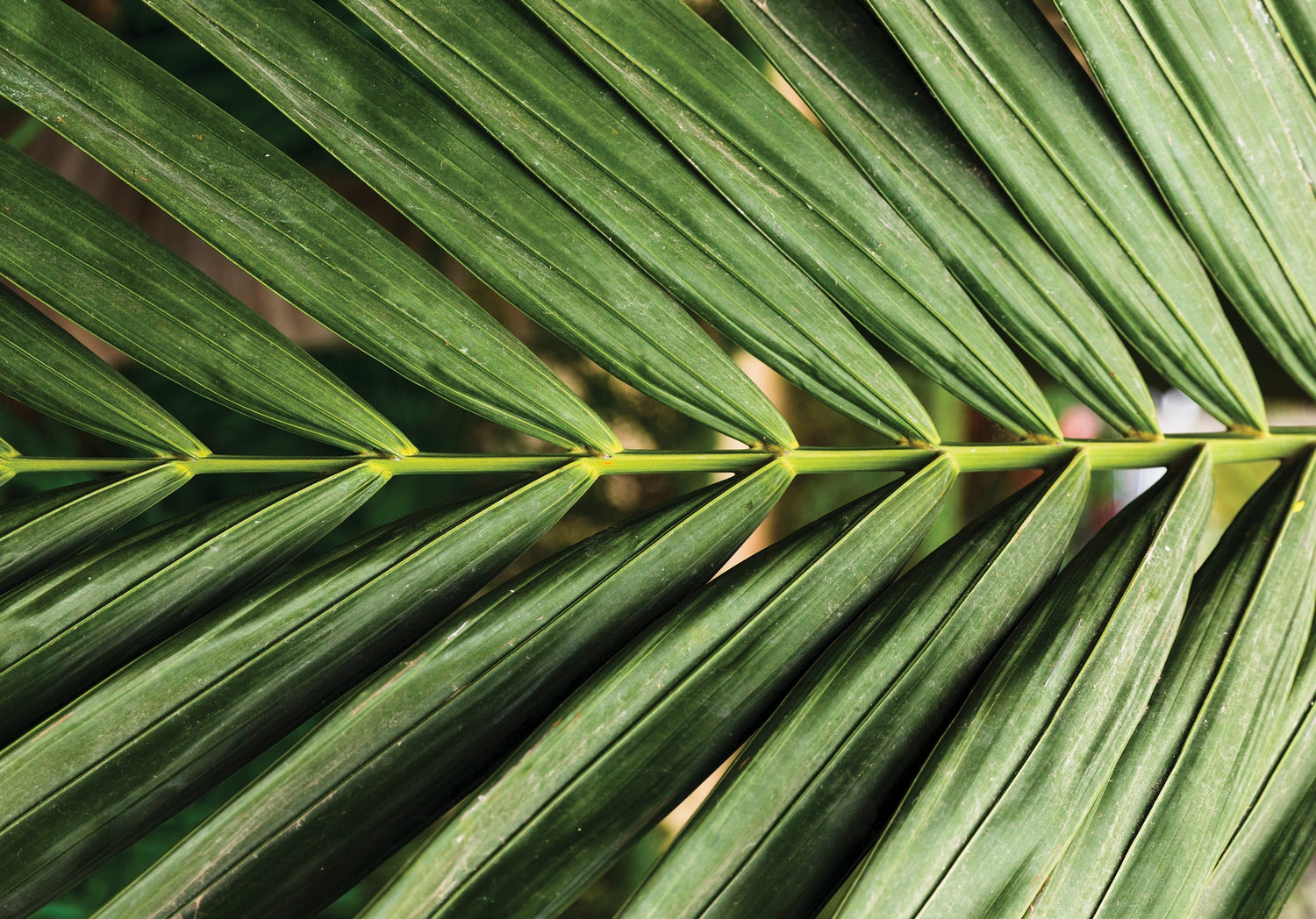GREY LEAF SPOT/ GREY LEAF BLIGHT: Pestalotiaopsis palmarum and Lasiodiplodia theobromae.
Symptoms
Grey leaf spot/ grey leaf blight
• On the outer whorls of the leaves, there are tiny yellow spots with a grey border.
• Spots gradually lose their white centre and turn brown. Largening and aggregating spots result in widespread leaf blight.
• The leaf blade completely shrivels and dries out, giving the appearance of blight—hence the term leaf blight.
Leaf blight
• The pathogen damages nuts and leaves.
• Affected leaflets appear burnt or charred and begin to dry from the tip downward.
• A tiny black sunken area appears on coconuts close to the immature nut perianth.
• When near-or mature nuts were infected, the infection either internally spread into the mesocarp without causing an external lesion or only caused a tiny lesion on the surface of the husk.

Etiology
Major fungi associated with leaf spot/leaf blight in coconut are.
i) Grey leaf spot or blight: Pestalotia palmarum
ii) Leaf blight, frond and nut infection: Lasiodiplodia theobromae
Management
Biological method
Application of 200 g Bascillus spp. along with FYM 50 kg + Neem cake 5 kg/ palm/ yr.

Chemical Method
• Spraying of Bordeaux mixture 1% or Copper oxychloride 0.25% two times at 45 days interval during summer months.
• Application of recommended dosage of chemical fertilizers (N(560g), P(320g) and K(1200g) in two equal splits during June - July and September – October and green leaf manure or FYM (25-30 kg per palm), provide irrigation
(45 to 50 l per palm per day) during summer.
• Root feeding with carbendazim 2g or hexaconazole 2ml in 100 ml water three times at 3 months interval.
